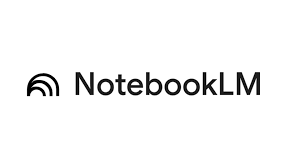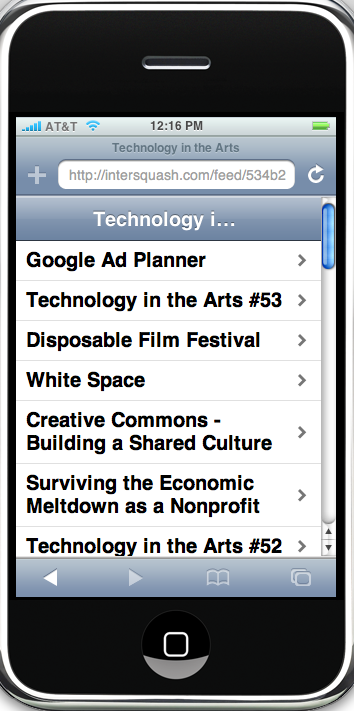Yes, the iPhone provides a true representation of any Web page. However, some page designs - while accurately displayed on the device - are just too difficult to read and navigate on a small screen. Intersquash.com attempts to rectify the situation by generating an iPhone-friendly Web page for your site with one click. The only caveat? Your site content must be RSS-driven. (What's RSS, you ask?)
To iPhoneize your site using Intersquash.com, simply enter your RSS feed URL and Web site title into the Intersquash interface (squasherface? intersquash?) and click the "iPhoneize My Website!" button. BOOM! Your site has been iPhoneized. It doesn't even hurt.
Step One: Enter your site info.
Step Two: Your site has been iPhoneized.
The site gives you the option to upload an icon (57 pixels squared) or access the "hearder code." Placing the header code provided by Interquash in the header of your site's HTML will enable device recognition so mobile users will automatically be presented with your iPhoneized page.
Here is the iPhoneized version of the Technology in the Arts blog.
By the way, the screenshot above was created using a free software called iPhoney, which allows you to view any Web page as it would appear on the iPhone. Two notes: 1) iPhoney is Mac only and 2) no, you cannot make calls using iPhoney... don't be ridiculous.








